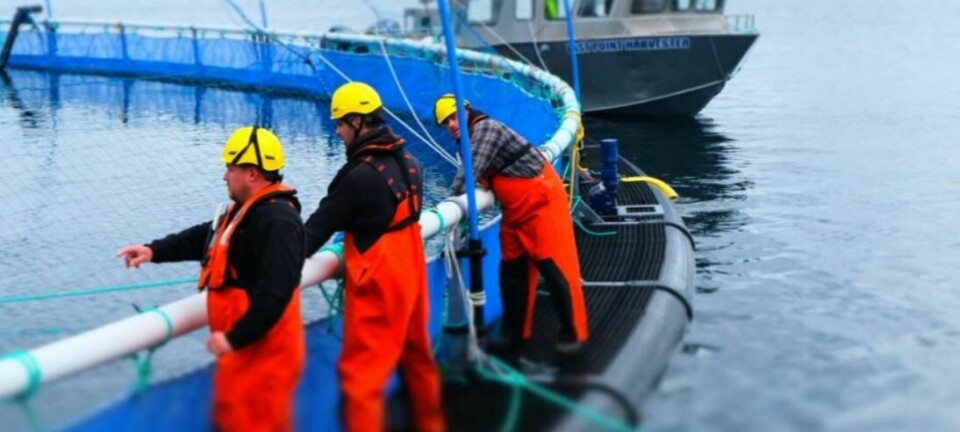
Boffins bid to budge sludge
Scientists at the Norwegian fisheries, aquaculture and food research institute Nofima are casting light on the murky world of sludge.
A growing problem in aquaculture, sludge from closed fish farming systems originates from feed – most of which should ideally have been eaten.
Now Nofima scientists have analysed the residue at three commercial hatcheries through an entire production year, and their findings could have benefits for the authorities, suppliers and fish farmers.
Turid Synnøve Aas, a researcher at Nofima's Nutrition and Feed Technology group in Tromsø, said: “The analyses show that sludge has a high content of energy, nitrogen and minerals, such as phosphorus. Knowledge about the composition of sludge is essential if it is to be used as fertiliser and to produce biogas.

“The content of organic pollutants is low and does not constitute an environmental risk for use in fertiliser. By contrast, the zinc and cadmium levels in sludge are a challenge.
Challenge for biogas production
“Sludge has a relatively high content of long-chain fatty acids, posing a challenge for biogas production, which can be resolved by co-processing with manure or other waste.”
The Nofima researchers also created a model for calculating the amount of waste feed in sludge based on energy content - a model they say is particularly useful when trying to convert the sludge to biogas or fertiliser.
Two challenges
Turid Synnove Aas concluded: “As fish farming on land increases, the amount of sludge needs to be kept to a minimum. Research indicates two main areas where steps can be taken.
"The first is to prevent feed waste without compromising the growth and health of the fish.
"The second is to recover waste feed and fertiliser promptly in the pipe system without the particles disintegrating and before they absorb much water. This will make sludge recovery more efficient and reduce the water content in sludge.
“With more sludge being produced, a solid effort must be made to find uses for it, in addition to minimising production. The best solution is to get more of the nutrients from the feed into the fish.”






















































